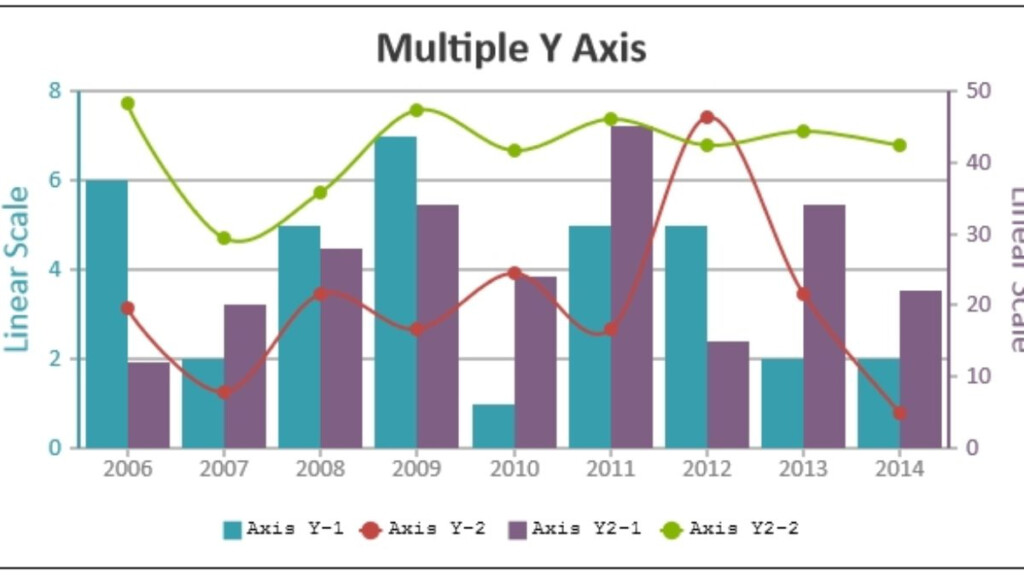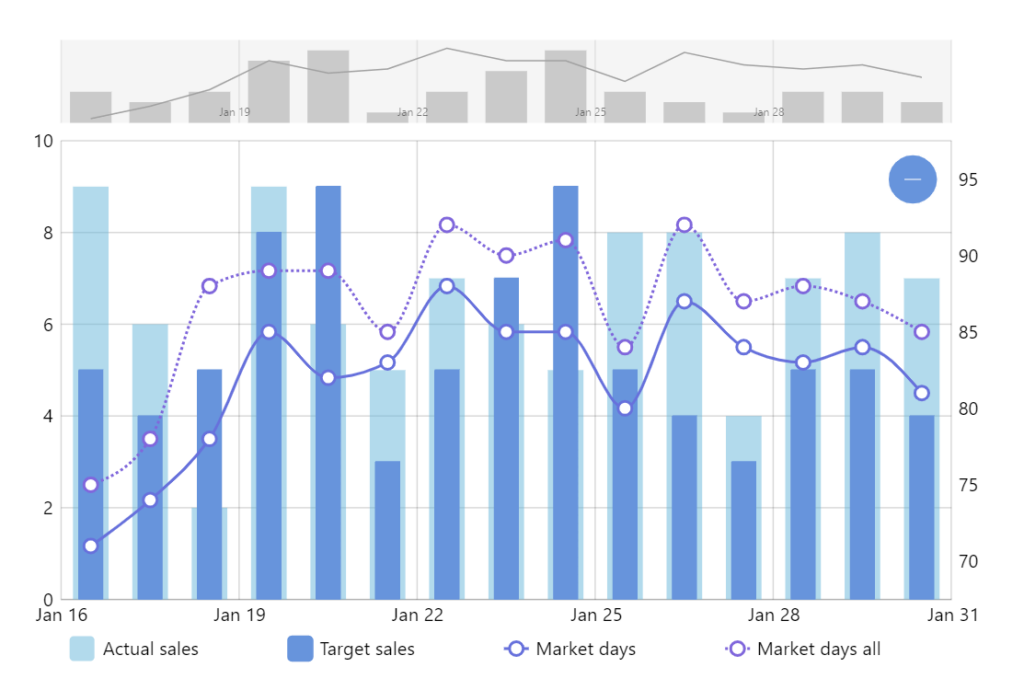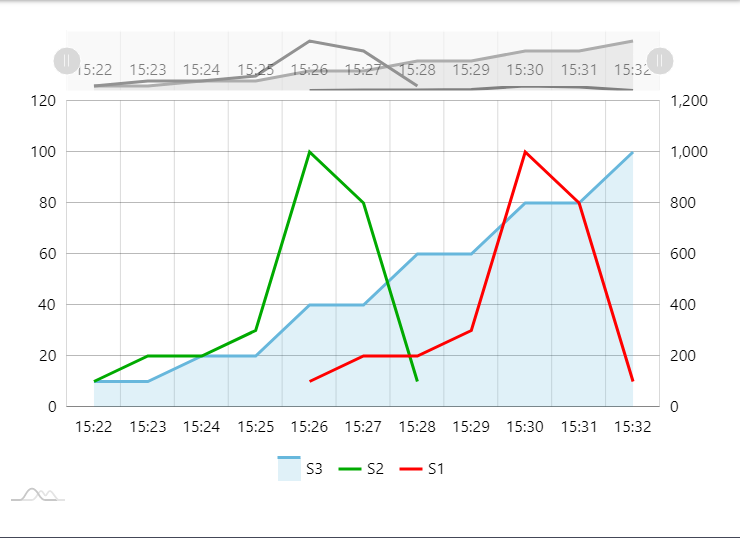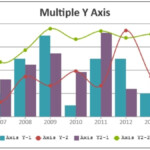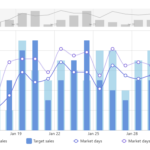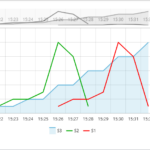Amchart Line Chart Multiple – The Multiplication Graph or chart Line might help your college students visually symbolize a variety of early on arithmetic concepts. However, it must be used as a teaching aid only and should not be confused with the Multiplication Table. The graph can be purchased in about three types: the colored model is useful when your college student is focusing on a single times desk at any given time. The vertical and horizontal variations are suitable for young children who are still studying their periods furniture. In addition to the colored version, you can also purchase a blank multiplication chart if you prefer. Amchart Line Chart Multiple.
Multiples of 4 are 4 from one another
The style for deciding multiples of 4 is to put every single number to alone and look for its other multiple. For instance, the first 5 various multiples of 4 are: 12, 16, 8 and 4 and 20. This trick works because all multiples of a number are even, and they are four away from each other on the multiplication chart line. Additionally, multiples of 4 are even phone numbers in nature.
Multiples of 5 are even
If they end in or 5, You’ll find multiples of 5 on the multiplication chart line only. Quite simply, you can’t grow a amount by two or three to obtain a level amount. If the number ends in five or , you can only find a multiple of five! Luckily, you can find techniques which make discovering multiples of five even simpler, like using the multiplication graph or chart collection to find the numerous of 5.
Multiples of 8 are 8 clear of the other
The routine is obvious: all multiples of 8 are two-digit figures and all sorts of multiples of a number of-digit numbers are two-digit numbers. Every single selection of 10 contains a numerous of 8-10. 8-10 is even, so all its multiples are two-digit figures. Its style proceeds as much as 119. The very next time the truth is a variety, be sure to choose a a number of of seven to begin with.
Multiples of 12 are 12 far from the other
The quantity a dozen has unlimited multiples, and you may grow any whole variety by it to create any quantity, including by itself. All multiples of a dozen are even amounts. Here are some good examples. James loves to acquire pens and organizes them into 8 packets of a dozen. He now has 96 pens. David has certainly one of each type of pen. Within his workplace, he arranges them on the multiplication chart range.
Multiples of 20 are 20 far from one another
Inside the multiplication chart, multiples of 20 are even. The multiple will be also even if you multiply one by another. If you have more than one factor, multiply both numbers by each other to find the factor. If Oliver has 2000 notebooks, then he can group them equally, for example. Exactly the same applies to pencils and erasers. You can purchase one out of a pack of a few or even a pack of half a dozen.
Multiples of 30 are 30 from the other person
In multiplication, the term “component match” refers to a team of phone numbers that develop a specific variety. If the number ’30’ is written as a product of five and six, that number is 30 away from each other on a multiplication chart line, for example. The same is true for any amount within the variety ‘1’ to ’10’. Put simply, any quantity can be published as being the product or service of 1 and itself.
Multiples of 40 are 40 far from the other
You may know that there are multiples of 40 on a multiplication chart line, but do you know how to find them? To achieve this, you could add externally-in. For instance, 10 12 14 = 40, etc. In the same manner, ten eight = 20. In such a case, the quantity in the remaining of 10 is an even quantity, even though the 1 in the proper is surely an unusual quantity.
Multiples of 50 are 50 clear of the other
Using the multiplication chart line to look for the sum of two amounts, multiples of fifty are similar length apart on the multiplication chart. They have two prime factors, 50 and 80. Typically, each term is different by 50. One other factor is 50 alone. Listed here are the normal multiples of 50. A typical a number of is the numerous of the presented quantity by 50.
Multiples of 100 are 100 from the other person
Listed below are the various figures which can be multiples of 100. An optimistic set is actually a several of just one hundred or so, while a negative match is actually a numerous of 10. These two kinds of numbers are different in many ways. The 1st way is to split the amount by successive integers. In this case, the number of multiples is one, ten, twenty and thirty and forty.
